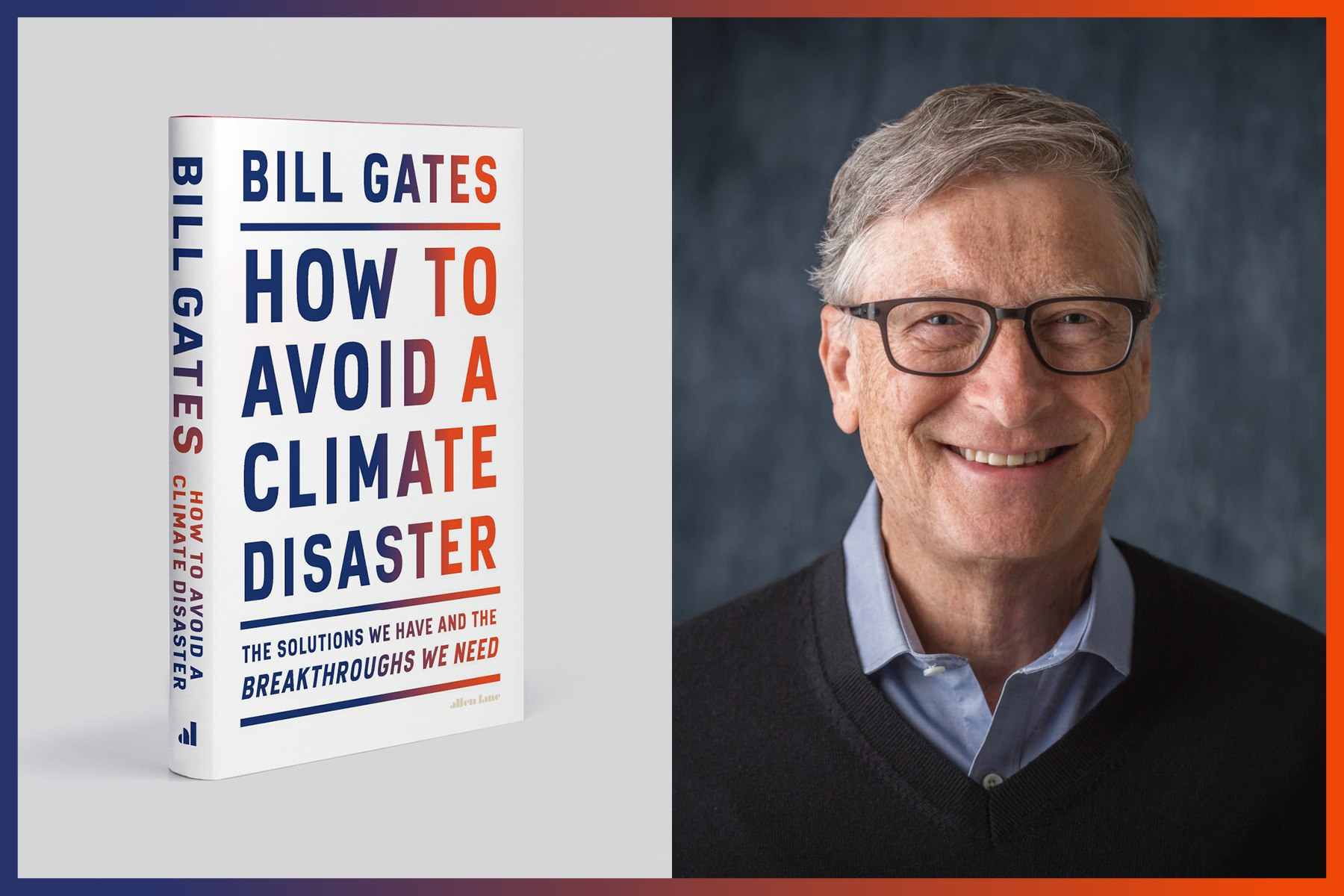
This will require a radical rethinking of existing laws and pricing mechanisms that must of necessity be cross-border and holistic. The only solution, it seems, is to once again put our faith in the marketplace and price the new carbon-neutral or carbon-negative alternatives so that they become more affordable than the current carbon-emitting solutions. He is well aware that climate change is as much a geopolitical issue as it is a technological one carbon emissions will only increase as lower income nations climb up the value chain and it would be “immoral and impractical” to try to stop them.

Gates is a wonk so no surprise that his solution to climate change is a technological one. He then goes on to detail the main human activities that must be addressed in order to curb carbon emissions - power generation, construction, transportation, heating and agriculture - and some of solutions that are already available or on the horizon that may solve the issue. Failing to do so would result in disasters of epic proportions that will be costly both in terms of resources and human lives. The main thesis of the book is that humanity needs to reduce our current rate of carbon emission from 51 billion tonnes each year to, well, zero within the next few generations.


Which is not to say that he is a climate fatalist - say like Jonathan Franzen - Gates is optimistic throughout (almost annoyingly so) but one can expect no less from a billionaire philanthropist who has spent the better part of this century on aid programmes and developmental schemes. Instead, Gates - who says he thinks more like an engineer than anything else - sets out to do what an engineer does best: the book is a comprehensive and accessible summary of the problem, and the tools and solutions that he thinks will help stave the climate disaster. Bill Gates’ How to Avoid a Climate Disaster doesn’t set out to change your mind about climate change.


 0 kommentar(er)
0 kommentar(er)
